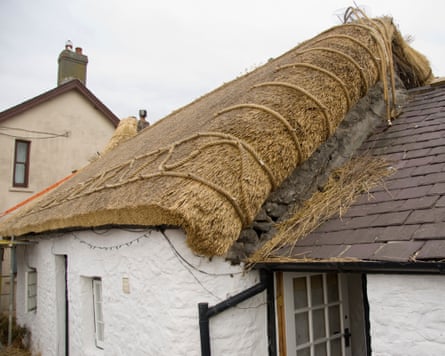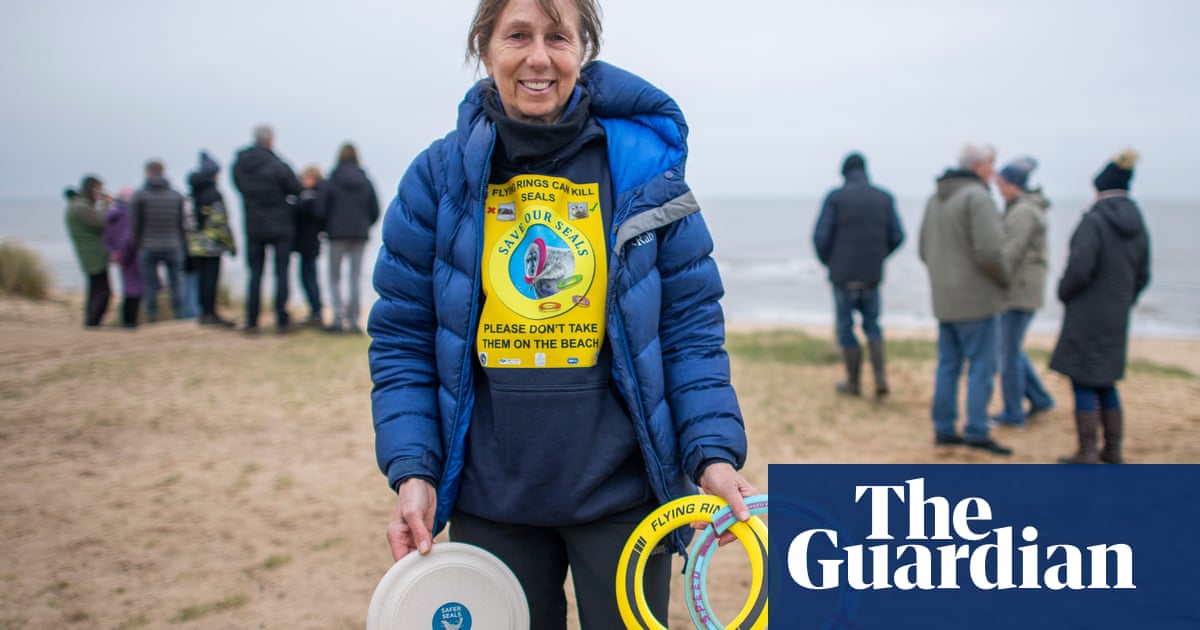For many centuries the cities, towns and villages of the UK were enlivened and enriched by the sights and sounds of craftspeople creating beautiful – and useful – objects.
But almost two dozen crafts, from Welsh thatching to ship figurehead carving, have been added to an already bulging “red list” of skills considered under threat.
According to the list, from the charity Heritage Crafts, the number on the “critically endangered” list has risen from 62 to 72 in the last two years, while the “endangered” list has gone from 84 to 93.
But there is a glimmer of hope, with no new crafts becoming extinct since the last time the list was published two years ago, and there are some “resurgent” crafts, including hazel basket making and side saddle making.
Mary Lewis, who led the research, said rising operational costs, a lack of structured training and mounting market pressures were placing unsustainable strain on many crafts that depend on expert hand skills.
She said that trades such as cut-crystal glassmaking, pewter working and organ building were becoming vulnerable.

Among the new critically endangered crafts is Welsh vernacular thatching. The report says many thatched roofs in Wales are becoming “more similar to English styles of thatch”. The Welsh style is different, with a rounder outside appearance.
Another craft added to the critically endangered list is the carving of figureheads for ships. A few “master carvers” remain but the report says there are no trainees.
Some of the skills needed in silversmithing are also vanishing, the report says, with “silver allied trades” added to the endangered category.
Jackie Tear, the managing director of British Silverware in Sheffield, which makes objects ranging from cutlery to trophies, said people were keen to be silversmiths. “But the issue is all the associated skill sets and trades that go with it are lost or being lost.”
For example, Tear said, the number of people skilled in buffing – removing lines created in the manufacturing process to create a smooth surface – could be counted on one hand.
after newsletter promotion
Tear said: “There are lots of apprenticeship schemes at colleges but none of them are actually teaching the crafts. They’re learning how to use a lathe but they’re not learning how to use it for something like our industry because it’s a very niche.”
Among the resurgent crafts is pole lathe bowl turning. One practitioner, Sharif Adams, said: “A pole lathe is one of the earliest sort of machines that humanity ever used. The Vikings used them to turn their cups and bowls.”
“As the bowl spins, the tool leaves a very fine groove, which is similar in some ways to the sort of texture on thrown pottery. And they don’t shine in the same way as machined bowls. They look more earthy, more rustic.” The technique produces a beautifully textured bowl.
By the mid-20th century pole lathe bowl turning had died out but a small number of enthusiasts revived it. “I took photographs of lathes and built one and then connected through the green wood working forums with a few other people trying to do the same thing,” Adams said.
He passes on his knowledge and there is an annual festival called the Bowl Gathering. “It’s a really lovely thing to do. There’s so many emotional and physical wellbeing benefits from woodturning in this way. It connects you with nature and connects you with community of lovely people.”

.png) 5 hours ago
2
5 hours ago
2













































